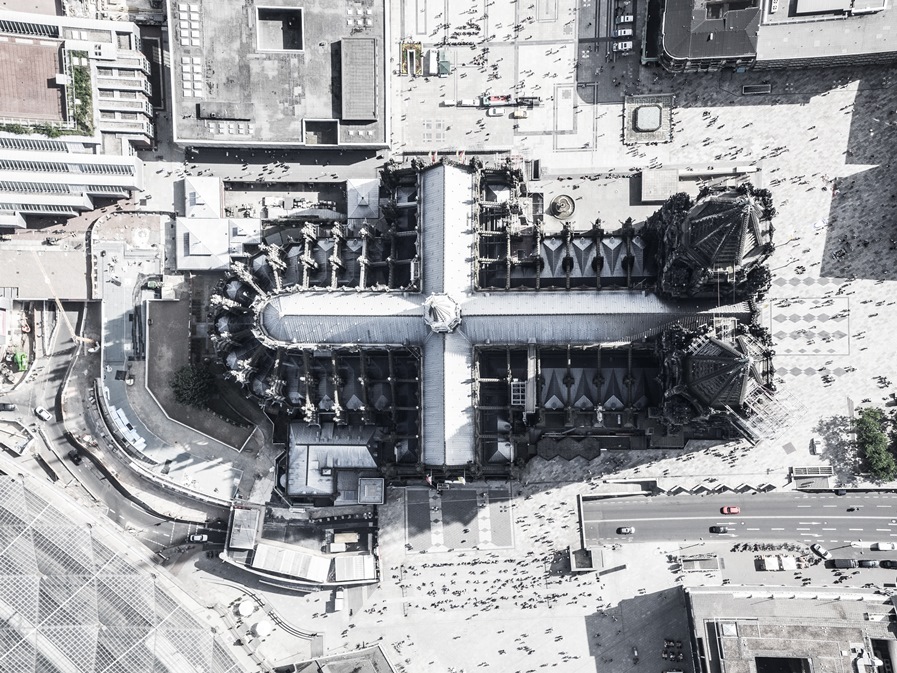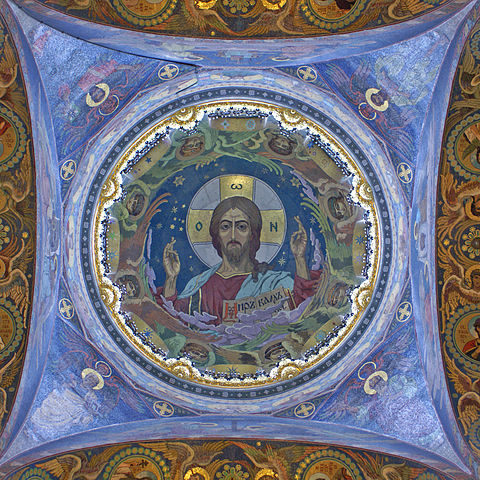Spreading from the Frontiers: Another Look at the Gospel in the Medieval Church

Image: Liane Metzler
Lastly, the question is sometimes raised about the quality and vitality of the Christian faith during the medieval period extending from A.D. 400 to 1400. One of the interesting sidelights of the Visigothic and Ostrogothic takeover of Rome was that these Germanic peoples left the Christians pretty much alone and during their “rule” Cassiodorus and Lactanctius retained their Christian schools and libraries. Those who, like Patrick, went into Ireland about A.D. 390, not only evangelized the country but also initiated a long-term program which led to the creation of The Book of Kells, an illuminated presentation of the Four Gospels of the New Testament. Also living into the 400’s was Augustine, the Bishop of Hippo, who during the years of the Vandal invasions, completed his massive Civitate Dei which portrayed the Christian community as a transcendent reality far beyond the decaying Roman political reality, God’s colony in man’s world. In succeeding years his work was interpreted as concurrent with man’s political order or as a progressive interpretation of a coming order supplanting man’s. Augustine’s reputation far exceeds that of his magnum opus. His Confessions, De Trinitate, and other writings are read today. He is highly regarded by the scientific world today for his philosophy of time, eternity, and infinity.

Christos Pantokrator inside the dome of Church of the Savior on Blood in St. Petersburg, the old capitol of Russia. The cruciform halo is inscribed with the Greek letters “Ο Ω Ν,” “He Who Is.” Image: Heidas/Wikimedia Commons.
Out of the Christian East, stands the figures of John Chrysostom, the preacher of Antioch, who went on to become prominent in Constantinople, and to challenge the emperors with his sermons. His eloquence earned him the sobriquet, Chrysostomas, “Golden Mouth.” In the 700’s stands the figure of John the Damascene, more often known as John of Damascus, whose The Orthodox Faith, defined the Christian faith of the Orthodox Churches to the very present. These were the giants of the defenders of the faith East and West. There were other eminent figures as John Climacus of the East, the Venerable Bede who wrote of the English people and the English Church. Soon after the crusades, stood the foremost figure of the entire Medieval period, Thomas Aquinas (1225-1274), whose Summa Theologica and Contra Gentiles stand as monumental works of Christian theology. Aquinas’ works were partially influenced by John of Damascus five centuries earlier but also with a partiality toward Aristotelian inductive logic. One cannot overlook such other figures of Gregory of Tours who recorded the conversions of the Franks and St. Francis of Assisi. Neither can one overlook the figures of Gregory the Great, whose Pastoral Rule is still read and who encouraged a later Augustine, better known as Augustine of Canterbury, who led a mission team into England proper. Two other significant individuals are Cyril and Methodius, the apostles to the Slavic people and who created the Cyrillic alphabet so that Slavic peoples could read the Bible. Another person not to miss is Dominic, the originator of the Dominican order. The list can go on and on.
There are edifices worth noting which characterize in architecture the Medieval Christian world: the Gothic cathedral, the floor plan of which is that of the cross done by one long aisle, and the transepts forming the cross-beam, and which floor plan is obvious when the sun at its zenith shines down upon by highly placed windows. Eastern Christianity’s major edifice is that of The Church of Holy Wisdom, the dome of which portrays the resurrected Christ with his arms outstretched to embrace the universe, The Christos Pantokrator, the Christ Over All, before whom, all knees should bow.

Image: Hans-Peter Gauster
The real character of Medieval Christianity is conundrum, a puzzle which appears unsolvable. It was indeed an era of conflicting character, a 2000 piece puzzle, amazingly complex yet vibrant. While it is true that the medieval Church was resilient to purification and renewal, it did survive intact into the time of the Renaissance and the Modern world when little else did. Understanding how the Church navigated the medieval millennium will help us see how to navigate ours.
PR
Read the other articles in The Gospel in History series.
Category: Church History, Spring 2017


